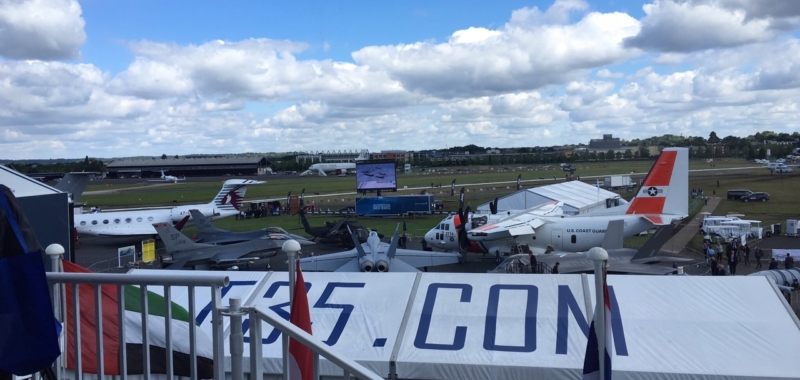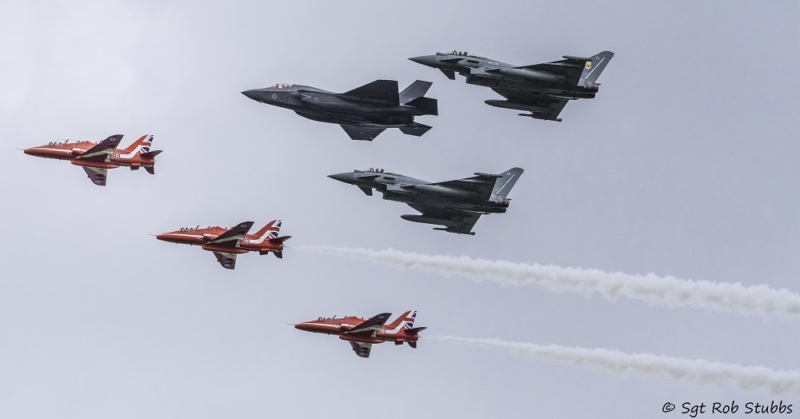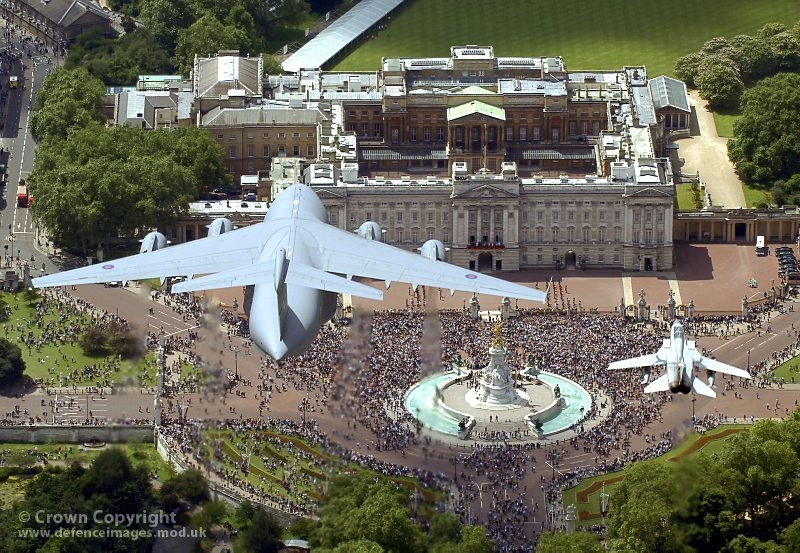Managing air traffic at the Farnborough Airshow
26 July 2016We recently saw Farnborough Airshow take place; a biannual event that saw trade visitors place over US$100 billion worth of orders placed throughout the week and public crowds wooed by aerial displays from fast jets, helicopters and commercial airliners at the weekend.
NATS operates the air traffic control tower at Farnborough, and so we were heavily involved in all stages of the airshow, from the pre-planning in the months leading up to the event to the authorisation of the flying displays.
As some of you may know for those of us in the tower the airshow actually spans two weeks, with a week of validations – or rehearsals – taking place the week before the ‘official’ show starts. This week is a balancing act for the controllers as they have to operate normal traffic wanting to use the airfield whilst planning in and taking advantage of any available slots for participating display aircraft to practice and achieve display authorisation.
Every participating aircraft must go through this process and demonstrate that they can display to the required safety standards, before they will be granted approval to display throughout the main show week.
As the airshow presents us with new challenges, we also a number of additional roles specifically to help. For example, a heliport is established throughout the show as many of the trade delegates will fly in from London for business during the trade days Monday – Friday. Our Heli Radar controller coordinated each morning’s arrivals, afternoon departures and any helicopters that were displaying.
We also drafted in support from our Swanwick centre with a Terminal Control Liaison role to request airspace for the jets that needed to go into the higher levels that penetrate controlled airspace, such as the Boeing F/A-18 Super Hornet, or to cancel airspace that was no longer needed. Sourcing additional support like this ensures that those involved fully understand the pressures and processes of other operational areas that are impacted by the airshow, ensuring a safe and efficient approach to any new requirements.
Tower Coordinators and roles within the Air Operations Centre are also filled by employees from other operational units to help manage different aspects like aircraft parking, arranging arrivals and departure slots, flight planning and briefing the aircrew.
Close coordination like this ensures that we deliver an efficient, and above all else, safe airshow for all involved. I’m so pleased that this year’s show, which was my first as General Manager, was such a success.
If you visited us this year, what was your favourite display from the show?
Comments
Please respect our commenting policy and guidelines when posting on this website.






